Asia Culture Center (국립아시아문화전당)
1.9 Km 4909 2023-01-03
38, Munhwajeondang-ro, Dong-gu, Gwangju
+82-1899-5566
The Asia Culture Center (ACC) is an international arts and cultural exchange organization aimed to promote Gwangju as Asia's central hub through the integration of past and present-day cultural arts as well as the development of futuristic and progressive arts. The center consists of ACC Culture Exchange, ACC Children, ACC Archive & Research, ACC Theater, and other facilities to support and foster innovation.
Gwangju Culture Night (광주문화재야행)
1.9 Km 0 2023-11-22
38 Munhwajeondang-ro, Dong-gu, Gwangju
+82-62-229-3070
Experience the history of Gwangju under the moonlight at Gwangju Culture Night. This cutural tourism festival offers a range of programs in the eight themes of nightscape, history tour, experience, exhibition, performance, food, marketplace, and accommodation.
Traditional Tea House Punggyeong (전통찻집 풍경)
2.0 Km 0 2023-12-22
96 Unyong-ro, Buk-gu, Gwangju
Traditional Tea House Punggyeong in Gwangju specializes in serving rich and savory traditional Korean tea. The interior is decorated in white and wood tones, creating a cozy atmosphere. From the entrance to every corner of the room, there are plants that have been cared for by the store owner, allowing visitors to feel more at ease as they enter the tea house. The drinks are served in a neat tea cup, and their most recommended tea is the house-brewed ssanghwacha (medicinal herb tea). Furthermore, it sells a variety of traditional teas that are great to savor leisurely while resting such as daechu cha (jujube tea), a unique tea with a sweet aftertaste and is known to help treat insomnia; and saenggang cha (ginger tea) with an addition of honey or malt syrup, among others.
Gwangju Chungjang Festival (광주 추억의 충장축제)
2.2 Km 26826 2023-11-28
1 Seonam-ro, Dong-gu, Gwangju
+82-62-608-4681
Every October, Gwangju Chungjang Festival takes place around the area of Chungjang-ro, a representative street in Gwangju where old history and fast changes exist together. The festival's main event, Chungjang World Parade, includes floats with various themes from the 13 districts of Gwangju. The street is recreated in various stages of changes between the 70s and the early 2000s. Visitors can also enjoy tea at old-style cafes or take black-and-white photos at a photo studio.
Gwangju Sajik Park (사직공원 (광주))
2.3 Km 28029 2022-08-05
49, Sajik-gil, Nam-gu, Gwangju
+82-62-652-3236
Sajik Park is located at the previous site of Sajikdan Altar, a ritual site to pray for peace and prosperity during the Three Kingdoms Era. In the 1960s, the site was home to Sajik Zoo, with the ritual being abandoned in 1894 and the altar in disrepair. However, in 1991, it was decided to move the zoo to another location and begin restoring the site. It was reopened in April 1994, 100 years after the last ritual.
Sajik Park is landscaped with various trees and flower beds. The park blooms pink and white with cherry blossoms annually in mid-April. During this time, the municipality of Gwangju installs lighting in the trees for citizens to enjoy the blossoms late into the night. The park has become established as a favorite rest area for Gwangju citizens. The park houses several attractions including Gwangju Broadcast Station (KBS), Memorial Tower for Policemen, Yangpajeong Pavilion, and Palgakjeong Pavilion overlooking downtown Gwangju.
House of Choi Seung-hyo (최승효가옥)
2.3 Km 13824 2023-03-08
29-4, Yangchon-gil, Nam-gu, Gwangju
+82-62-607-2332
The House of Choi Seung-hyo is a traditional residential building located on the southeastern slopes of Yangnimsan Mountain. The rectangular building is open to the east, has 8 kan (the space between two pillars) in the front and 4 kan to the sides, and is graced by a traditional hipped and gabled roof. Since the building was constructed in the 1920s, it offers a valuable glimpse into the architectural style of Korean houses at the end of the Japanese colonial period. Choi Sang-hyeon was an activist who offered his attic as a place of refuge for other activists.
Arie-ne guesthouse [Korea Quality] / 아리네 게스트하우스 [한국관광 품질인증]
2.3 Km 1546 2022-04-28
6, Cheonbyeonjwa-ro 428beon-gil, Nam-gu, Gwangju
+82-10-2104-8899
Ariene Guesthouse is an accommodation located at Yangnim-ro, Nam-gu, Gwangju that serves as an integrated cultural platform targeting tourists. It is a cost-effective accommodation option with affordable prices and great location in downtown Gwangju. The guesthouse is also close to subway stations including Namgwangju Station and Culture Center Station. Ariene Guesthouse has four ground floors and one basement floor. Yanglim Culture Hall is on the basement floor, a lounge cafe is on the first floor, and a rooftop party room is on the fourth floor. There is a total of nine guest rooms on the second and third floor. There are two double rooms, two twin rooms, three ondol rooms, one men's dormitory room, and one women's dormitory room. In the dormitory rooms, there are two bunker beds and a common locker. The double rooms and twin rooms are for two guests, and the ondol rooms are for up to three and five guests. Although it is a guesthouse, each guest room has a private bathroom. The guesthouse offers complementary homemade-style breakfast. There is also a refrigerator, a washing machine, and a dryer that guests can use. Laundry service is also available with an extra charge. Ariene Guesthouse is located in Yangnim-dong Modern History and Culture Village which has many historic sites related to century-old modern Korean culture. There are various attractions nearby, including Han Hee Won Art Museum, Penguin Village, and Color Village. Guests can enjoy a scenic night view of Gwangju from Sajik Tower located in Sajik Park.
Han Hee-won Art Museum (한희원미술관)
2.3 Km 0 2023-01-25
27-6, Yangchon-gil, Nam-gu, Gwangju
+82-62-653-5435
Han Hee-won Art Museum is a small hanok art museum in the back alley of Yangnim-dong.
Painter Han Hee-won grew up in Yangnim-dong, where he was influenced as a painter. In July 2015, he purchased a small hanok between the House of Yi Jang-u and the House of Choe Seunghyo and transformed it into an art museum to preserve and show the spirit of love, comfort, and art in his hometown, Yangnim-dong. An art museum with a low threshold approaching citizens with a humble mind, Han Hee-won Art Museum is open to anyone. Feel free to visit, appreciate the paintings, and be comforted through art.
Yangnim-dong Missionary Cemetery (양림동 선교사 묘지)
2.3 Km 14519 2021-05-28
77, Jejung-ro, Nam-gu, Gwangju
+82-62-607-2333
The Yangnim-dong Missionary Cemetery is the final resting place of 23 missionaries who brought Christianity to Gwangju and led the movement to free the nation from under Japanese colonial rule. Yangnim-dong in Gwangju Metropolitan City was the main area in which Priest Bae Yu-ji and Dr. Clement Owen carried out their work as the first missionaries to Jeollanam-do.
Located nearby is a monument dedicated to Priest Bae Yu-ji and the Owen Memorial Building, built in honor of Dr. Owen and his grandfather. Both memorials are cultural assets and particularly prized by locals of the Christian faith.
Lee Jang-woo's House (이장우 가옥)
2.4 Km 15223 2021-12-16
21, Yangchon-gil, Nam-gu, Gwangju
+82-62-607-2333
Designated the first Gwangju Folk Material on March 20, 1989, Lee Jang-woo's House is an upper-class, tile-roofed house with a gate, storeroom, servants’ quarters, detached building, and main building. The building is estimated to have been constructed in 1899 and is overall a sturdy example of Korean architecture, well-preserved in its original state. The L-shaped main hall of the historic building is rather large and consists of (left to right) a wooden verandah, a small room, a hall, the main room, a kitchen, and another small room. The room doors are double doors with a sliding door on the inside and a hinged door on the outside. The hall also has partitions that can be hung up as necessary.

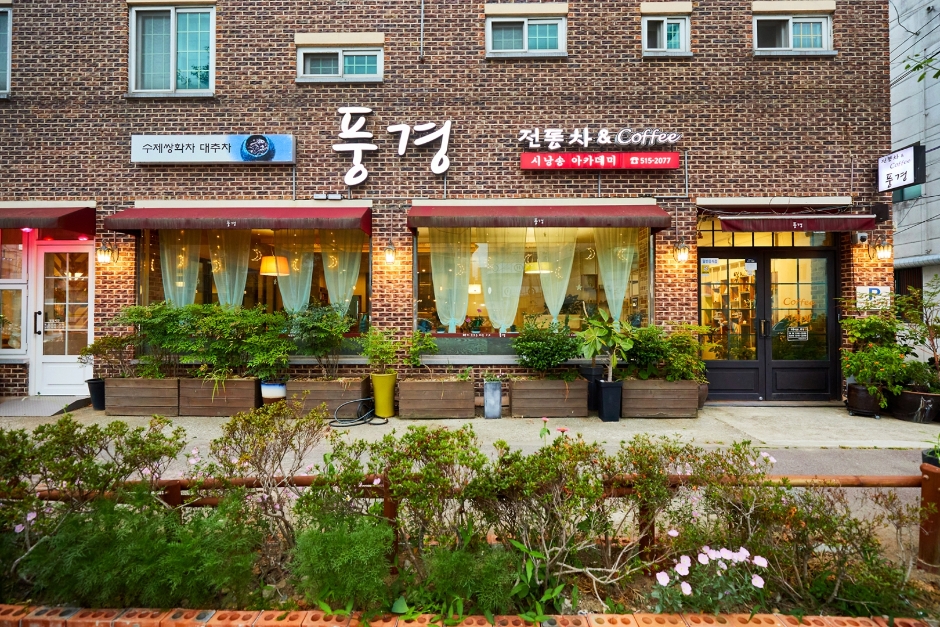
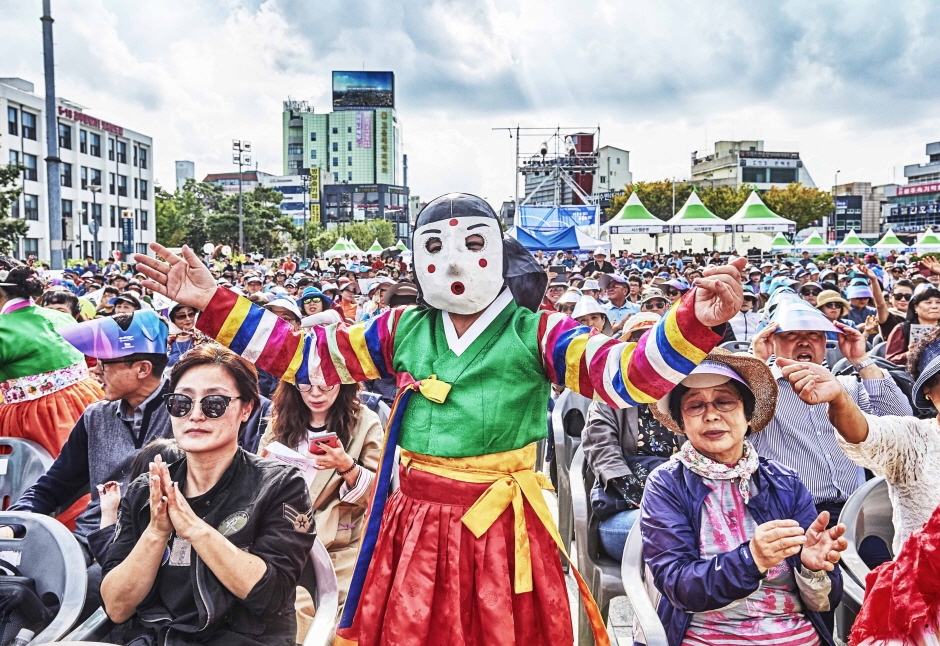
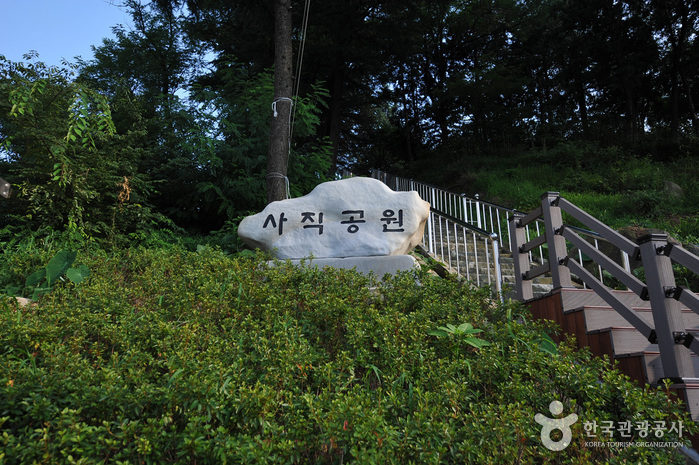
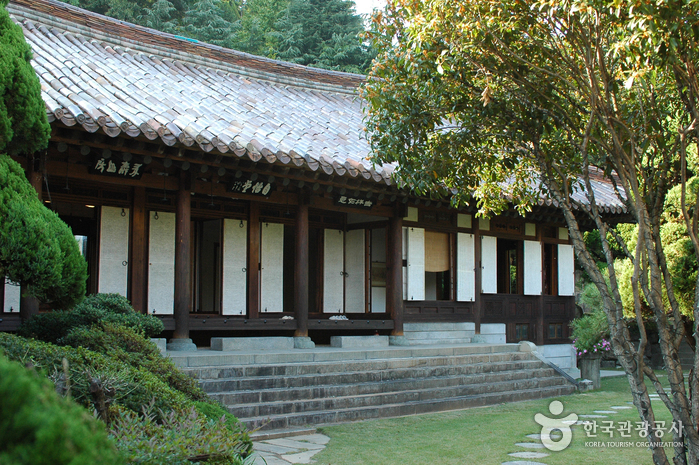
![Arie-ne guesthouse [Korea Quality] / 아리네 게스트하우스 [한국관광 품질인증]](http://tong.visitkorea.or.kr/cms/resource/69/2817869_image2_1.jpeg)
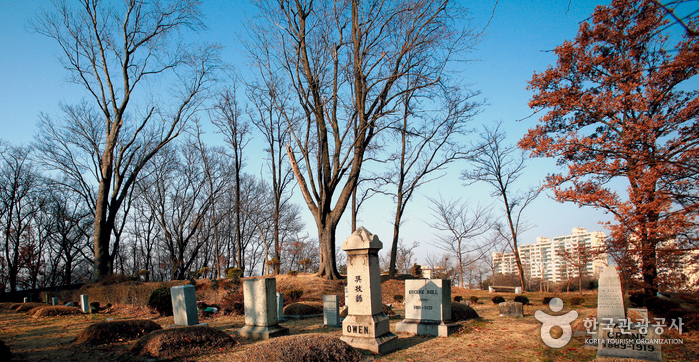
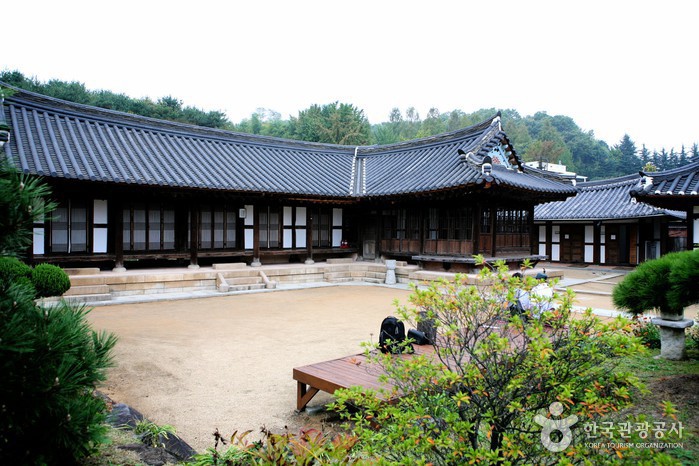
 English
English
 한국어
한국어 日本語
日本語 中文(简体)
中文(简体) Deutsch
Deutsch Français
Français Español
Español Русский
Русский